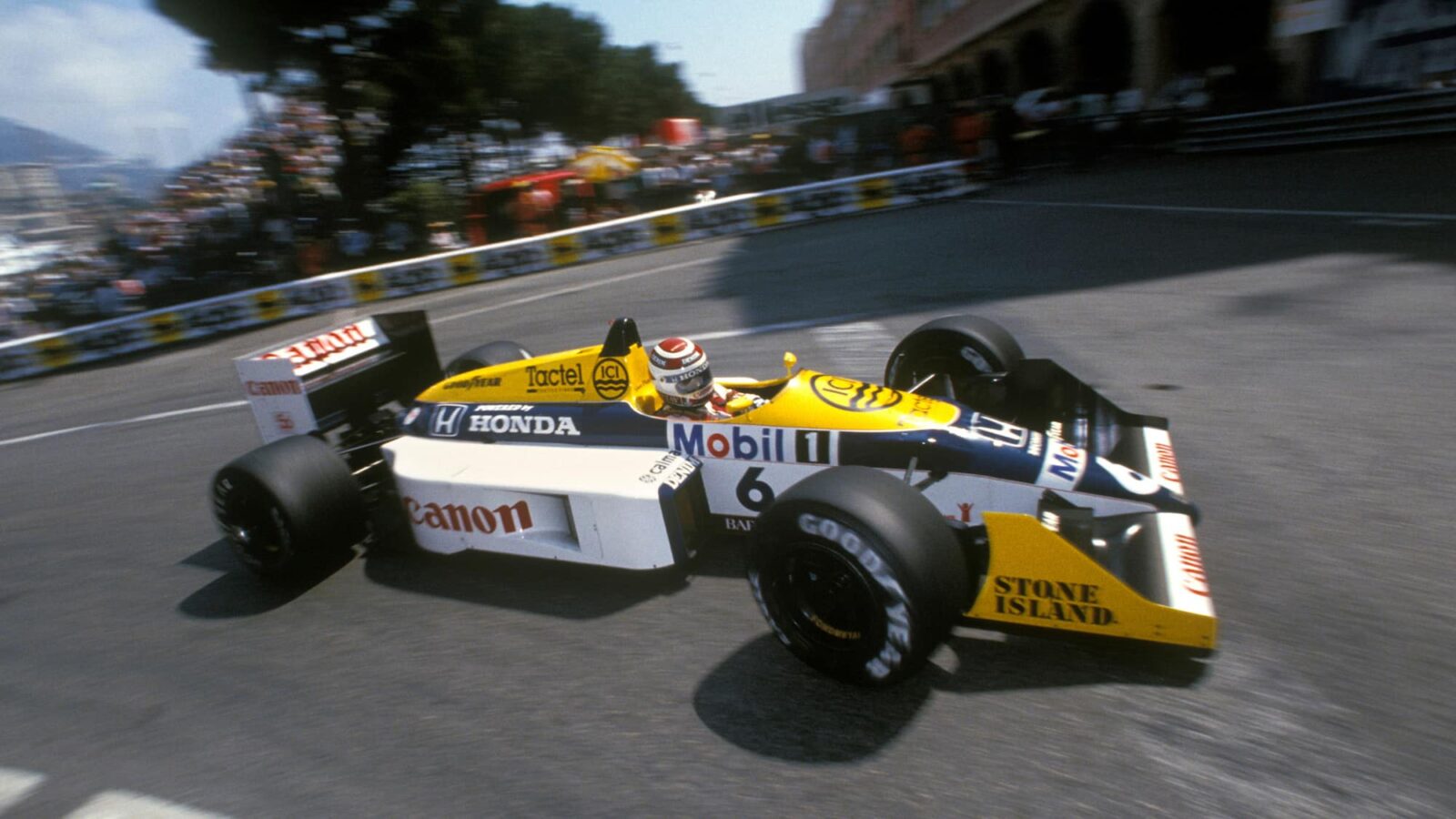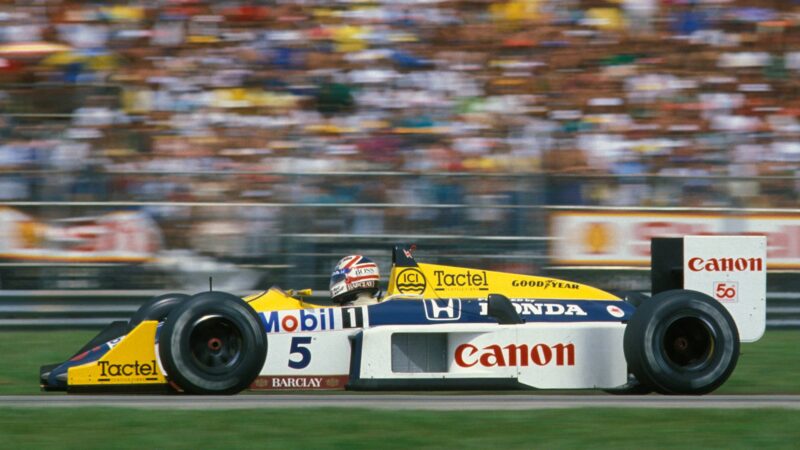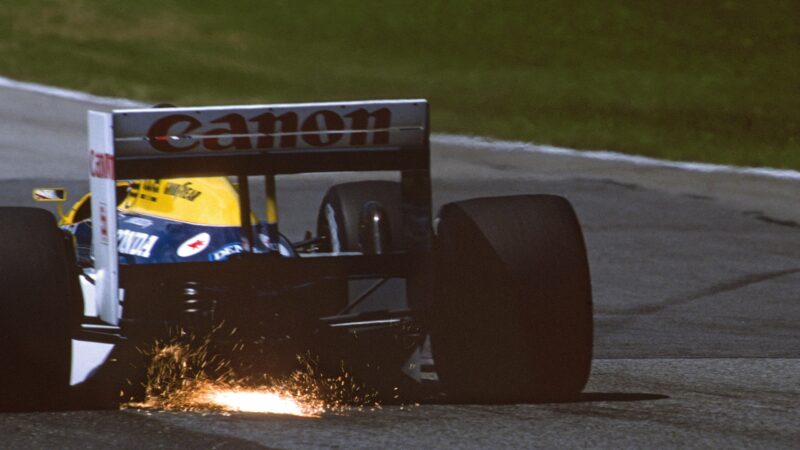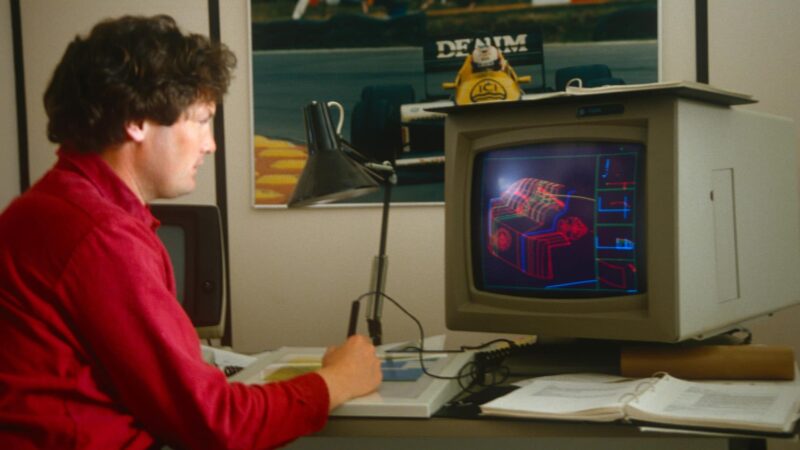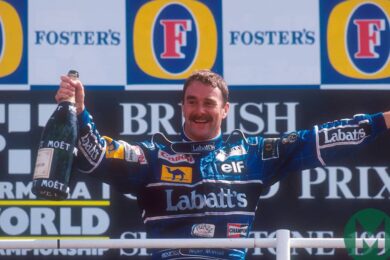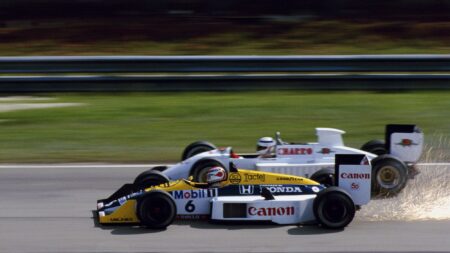“The layout of the cooling system was simple and logical, and worked very effectively. When Lotus first ran the same engine [in 1987] they couldn’t get within two-tenths. That was partly because of aero efficiency and partly because we had a much better turbo air intake set-up. I did an awful lot of aerodynamic work on the intercooler layout. It made the efficiency of the turbo better than before and certainly better than Lotus managed.”
In these last years of the turbo, the FIA tried to cut horsepower by limiting boost levels. An Indycar-style pop-off valve was introduced for 1987 to limit boost to four bar. But it had little effect on the Honda or McLaren‘s TAG V6, neither of which had ever exceeded that figure, at least in race trim.
“The limit restricted those who ran qualifying engines, like Renault and BMW,” says Dernie. “But Honda never actually built a qualifying engine, so we were probably 200-300bhp down on BMW and Renault in qualifying.” That still didn’t stop Williams taking 12 poles in 1987 — and with excellent fuel consumption figures for the races, power was never an issue.
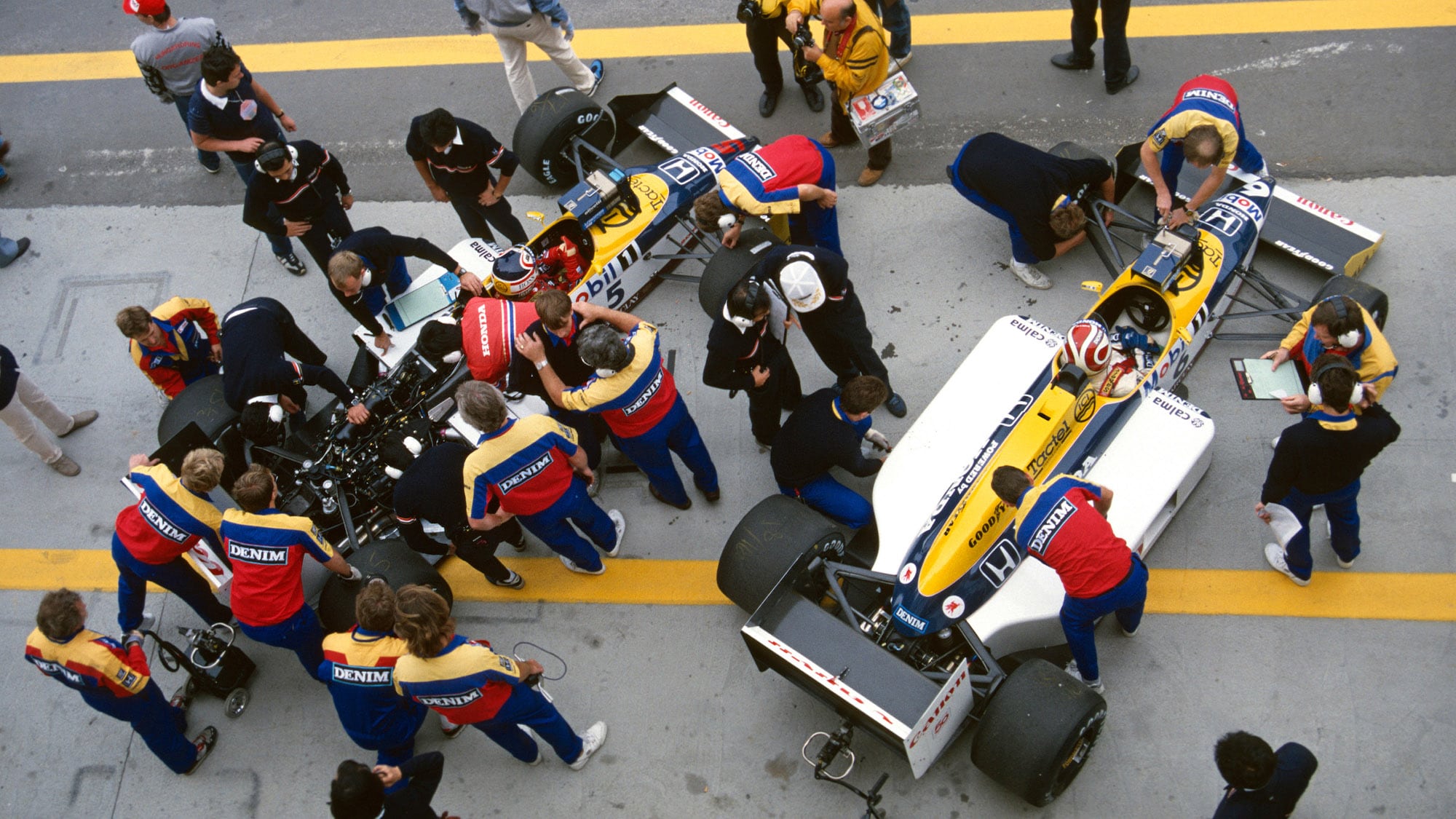
To add to its strength, Williams also took a big step forward with active suspension during the season.
“That was my invention, my project,” says Dernie. “The main thing I did on the car was aero work, and the main attraction of active suspension was the effect it had on the aerodynamics. I’d been pressing to run active suspension since 1979, but we didn’t have the budget then.”
The team tested a mechanical prototype system on an FW10 early in 1987, but it proved unreliable. The electronic version, which was more accurate and rapidly adjustable, did work. It won on its race debut at Monza in the hands of Piquet.
“It was a pretty substantial breakthrough,” says Dernie. “Some of the things we did then are still valid today, even though active suspension is banned.”
